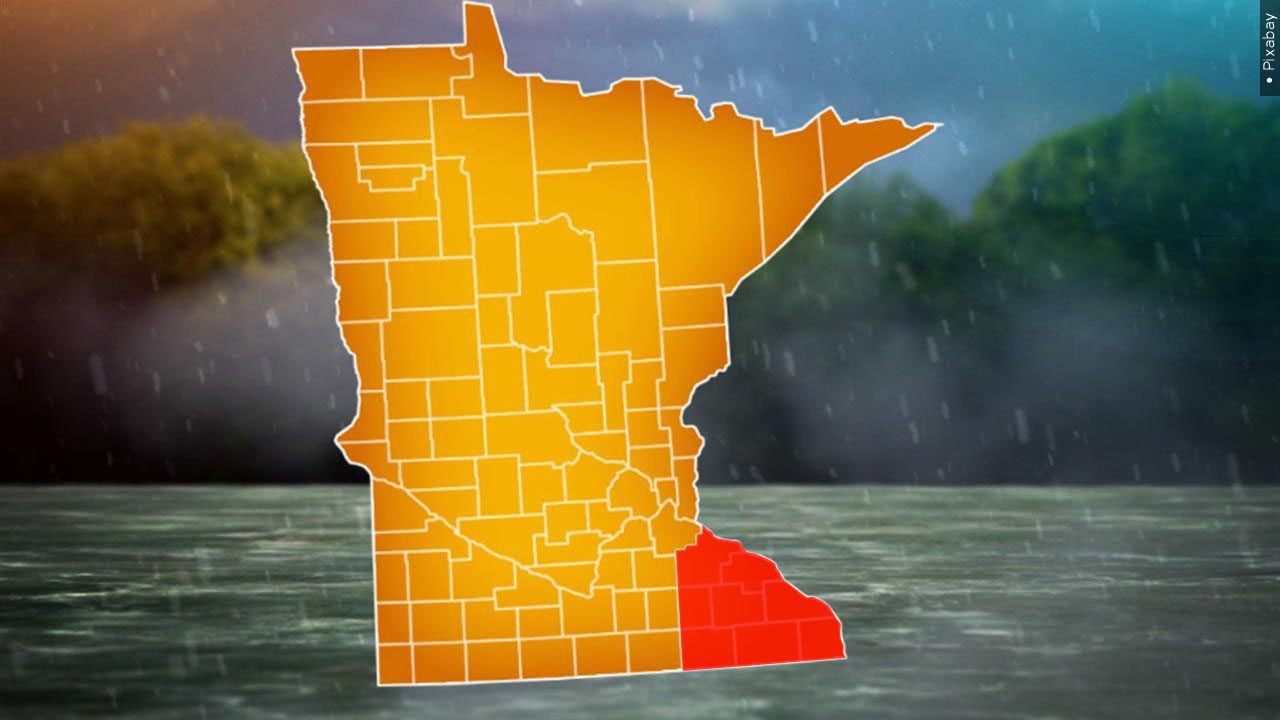Groups call on EPA over nitrate in southeast Minnesota water

Groups call on EPA over nitrate in southeast Minnesota water. (Pixabay)
MINNEAPOLIS (AP) — Several groups are asking the Environmental Protection Agency to take emergency action to reduce nitrate levels in groundwater in eight southeast Minnesota counties.
Eleven national and local environmental groups submitted a request Monday to the EPA, saying voluntary measures enacted by state and local regulators have not lowered nitrate levels in the region’s groundwater.
The groups want the EPA to intervene under the federal Safe Drinking Water Act in Dodge, Goodhue, Fillmore, Mower, Olmsted, Wabasha, Houston and Winona counties, where groundwater is vulnerable to nitrate pollution because of porous limestone.
“This contamination poses an imminent and substantial threat to human health, and the problem is not getting any better,” the groups said in their request.
The EPA is reviewing the groups’ request and “will be reaching out to state and local agencies, as well as the petitioners, as we evaluate necessary next steps,” the agency said in a statement to The Associated Press.
Nitrate, an invisible and odorless contaminate, has been traced largely to agriculture practices. It has contaminated bodies of water and drinking wells, forcing communities to drill costly new wells and install new treatments, The Minneapolis Star Tribune reported.
The environmental groups, led by the Minnesota Center for Environmental Advocacy, said about 80,000 residents in the eight counties rely on private wells for their drinking water, and about 300,000 others use public water systems.
The state’s main nitrate control efforts have largely left out residents with private wells, the groups said.
The groups asked the EPA to determine the parties responsible for the contamination and why the state and best management practices haven’t protected the area’s groundwater.
Just identifying sources “would be a huge step forward,” said Carly Griffith, water program director at the Minnesota Center for Environmental Advocacy.
The EPA also should order polluters to provide free alternative sources of drinking water for people whose wells are contaminated, and prohibit construction or expansion of concentrated animal feeding operations unless nitrate concentrations are lowered, according to the request.
Of about 32,000 private wells tested for nitrate in Minnesota through the Township Testing Program, about 9% exceeded the federal nitrate limit of 10 milligrams per liter of water. Most of those are in southeast Minnesota, said Leigh Currie, the Center’s Director of Strategic Litigation.
The Minnesota Pollution Control Agency, along with the state departments of health and agriculture, said in a joint statement that not all nitrate pollution comes from agriculture. The statement pointed to a groundwater protection rule and a nitrogen fertilizer management plan as evidence that efforts are being made to solve the problem, while acknowledging that more work needs to be done.
All contents © copyright 2023 Associated Press. All rights reserved